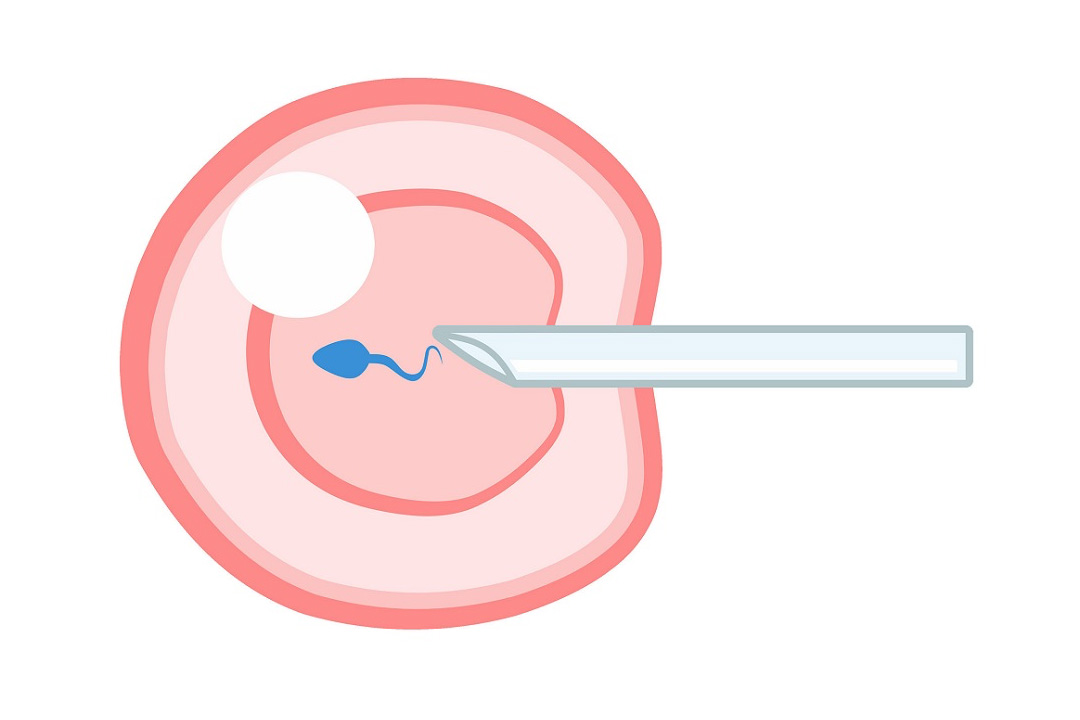Difference Between Surrogacy and IVF: Key Comparisons & Benefits
Many couples dream of having a child, and infertility or medical issues sometimes make natural conception difficult. In these situations, modern medical advances offer hope. Couples now have two common options to build a family: In Vitro Fertilization(IVF) and surrogacy.
Although both methods help couples become parents, they work in different ways. This article explains each procedure, highlights their differences, and helps you understand which option may suit your needs best.
What is IVF?
IVF stands for In Vitro Fertilization. In this process, doctors remove eggs from a woman’s ovaries and fertilize them with sperm outside her body, usually in a laboratory dish. Because fertilization occurs in a controlled lab setting, some people call IVF the “test tube baby” procedure.
How IVF Works
IVF works by following the steps mentioned below:
Ovarian Stimulation:
The first step in IVF encourages the woman’s ovaries to produce several mature eggs. The doctor prescribes hormone pills that boost egg production, and this step usually takes a few weeks.
Egg Retrieval:
When the eggs mature, the doctor performs a minor procedure to collect them under light sedation. This procedure ensures that healthy, mature eggs are available for fertilization.
Fertilization:
In the lab, the doctor mixes the retrieved eggs with sperm from the male partner or a donor. The sperm and eggs join to form embryos, and the embryos are carefully observed for a few days to check for proper growth.
Embryo Transfer:
After the embryos develop, the doctor selects one or two of the best-quality embryos and transfers them into the woman’s uterus. If an embryo attaches to the uterine wall, a pregnancy can begin.
Success and Considerations
Many factors influence IVF’s success. Age plays a major role; younger women usually have a higher chance of success. Doctors sometimes recommend donor eggs for women over a certain age if their eggs show lower quality. IVF can take several months and may require multiple attempts, and many couples experience both physical and emotional demands during the process.
What is Surrogacy?
Surrogacy takes a different approach when a woman cannot carry a pregnancy. In surrogacy, another woman—the surrogate—carries and delivers the baby for the intended parents. The surrogate does not share a genetic link with the child; she acts purely as a carrier.
How Surrogacy Works
In surrogacy, the following steps are required:
Choosing a Surrogate:
The couple or individual selects a surrogate who agrees to carry the baby. The surrogate then undergoes medical and psychological evaluations to confirm she can safely manage the pregnancy.
Fertilization Process:
Doctors usually perform fertilization in surrogacy using IVF. They fertilize the eggs of the intended mother (or a donor) with the sperm of the intended father (or a donor) in a lab, creating embryos just like a typical IVF cycle.
Implantation in the Surrogate:
Once an embryo is ready, the doctor implants it into the surrogate’s uterus. The surrogate then carries the baby for about nine months and receives medical care to monitor the pregnancy.
Delivery and Handover:
After the baby is born, the surrogate hands over the child to the intended parents. Even though she carries the baby during pregnancy, the child is genetically related only to the intended parents (if their own eggs and sperm are used).
Success and Considerations
Surrogacy comes into play when the intended mother cannot safely carry a pregnancy because of medical conditions such as a missing or defective uterus or repeated miscarriages. Surrogacy also involves complex emotional, legal, and financial factors. Couples must be ready for a long process and secure legal agreements to define the roles and responsibilities of everyone involved.
Key Differences Between IVF and Surrogacy
Both IVF and surrogacy help couples move toward parenthood but they have different purposes. Here are the main differences:
The Role of the Woman’s Body
IVF:In IVF, the intended mother uses her own body to carry the pregnancy. The process involves harvesting her eggs, fertilizing them in the lab, and then implanting the embryo in her uterus. The treatment directly involves her reproductive system.
Surrogacy:
In surrogacy, another woman—the surrogate—carries the baby. The intended mother’s eggs (or donor eggs) and the intended father’s sperm (or donor sperm) create an embryo that is then implanted in the surrogate’s uterus. The intended mother does not carry the baby herself.
Emotional Factors
IVF:IVF challenges the intended mother emotionally as she undergoes hormone treatments and invasive procedures. The process also forces her to manage stress and hope, especially when multiple attempts are needed after an unsuccessful cycle.
Surrogacy:
Surrogacy adds another layer of complexity. The intended parents must select and work closely with a surrogate, which introduces emotional and ethical considerations. They also navigate legal issues to protect everyone’s rights.
Financial and Legal Matters
IVF:IVF costs usually cover hormone treatments, egg retrieval, lab procedures, and embryo transfer. Although expensive, the process mainly involves medical procedures and follow-up care for the intended mother.
Surrogacy:
Surrogacy often proves more expensive due to extra costs. These expenses include compensation for the surrogate, legal fees, and additional medical care for the surrogate. The legal aspect is crucial, as contracts outline everyone’s rights and responsibilities. The process involves not only medical procedures but also negotiations and legal agreements.
When to Choose Each Option
Couples usually try IVF first when they face infertility issues because it offers the intended mother a chance to experience pregnancy and childbirth. IVF works well when the woman’s uterus is healthy and she can physically carry a pregnancy.
Surrogacy comes into play when the intended mother cannot safely carry a pregnancy due to medical reasons such as uterine abnormalities or repeated miscarriages. This option also becomes the best choice when pregnancy poses high risks to the intended mother. In these cases, using a surrogate helps the couple have a child who is genetically related to them while reducing health risks.
How to make the right Decision?
Choosing between IVF and surrogacy can challenge couples in many ways. How will you know what is right for you? Here are some steps to help in the decision-making process:
- Talk with fertility specialists who can explain your specific condition. They will advise whether your body is ready for IVF or if surrogacy offers a safer and more effective choice.
- Evaluate any medical issues that might affect your ability to carry a pregnancy. A woman’s overall health, age, and medical history play important roles in this decision.
- IVF may make the intended mother emotionally due to the stress of hormone treatments and multiple procedures. Surrogacy introduces the complexity of working with a surrogate and managing legal agreements.
- Examine the cost of each treatment. Both IVF and surrogacy require a significant financial investment, but surrogacy usually costs more due to additional medical, legal, and compensation expenses.
- Talk with your partner, family, or trusted friends about your options. They can offer support and insights that help you feel more confident in your decision.
- If you choose surrogacy, obtaining legal advice is crucial. A lawyer can explain the legal rights of all parties involved and draft contracts to protect everyone’s interests.
Conclusion
IVF and surrogacy offer distinct paths to parenthood for couples facing infertility. They are not the same procedure, and each comes with its own benefits, challenges, and considerations. IVF involves fertilizing an egg outside the body and implanting it in the intended mother’s uterus, allowing her to experience pregnancy and childbirth. Surrogacy, on the other hand, involves another woman carrying the pregnancy and delivering the baby. It remains the preferred choice when the intended mother cannot safely carry a baby due to medical reasons.
The decision between IVF and surrogacy depends on many factors, including the woman’s health, emotional readiness, financial situation, and legal considerations. Consult with medical experts and legal advisors before making your decision. Both options offer hope and a way to overcome infertility, yet each best suits different circumstances.
About Us
AKsigen IVF is a premier center for advanced fertility treatments, with renowned fertility experts on our team. Specializing in IVF, ICSI, egg freezing, and other cutting-edge reproductive technologies, AKsigen IVF is committed to helping couples achieve their dream of parenthood. With personalized care and a patient-first approach, AKsigen IVF provides comprehensive fertility solutions under one roof.






















































































